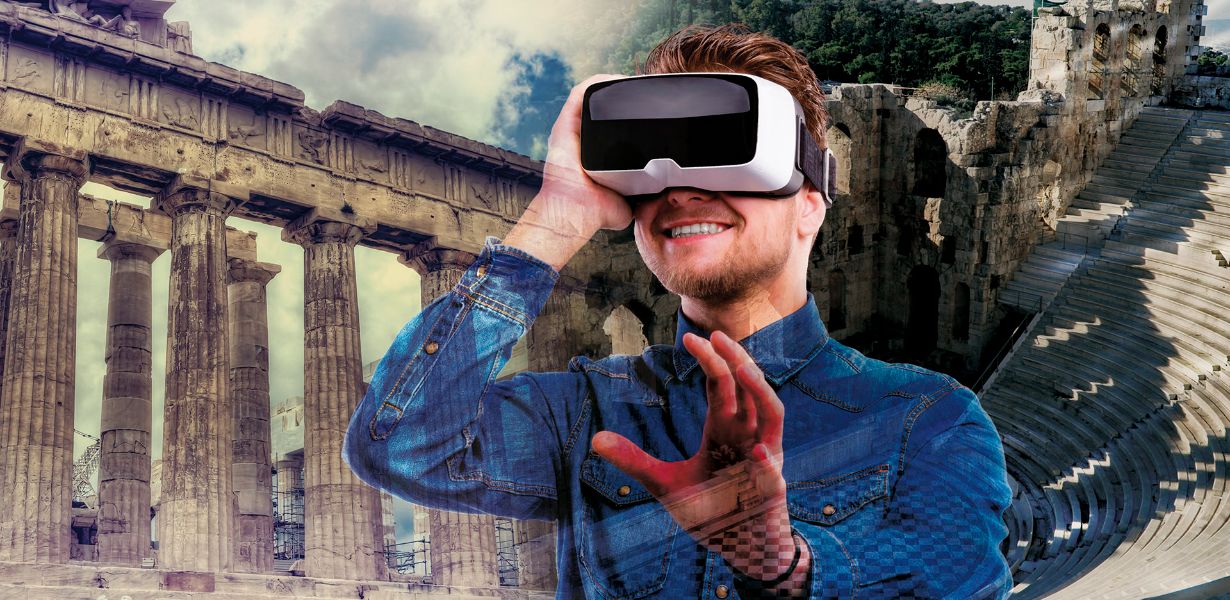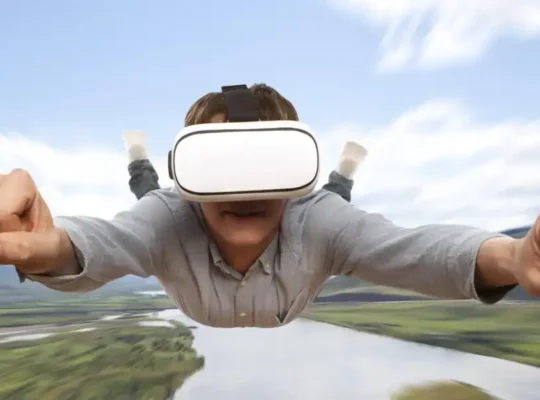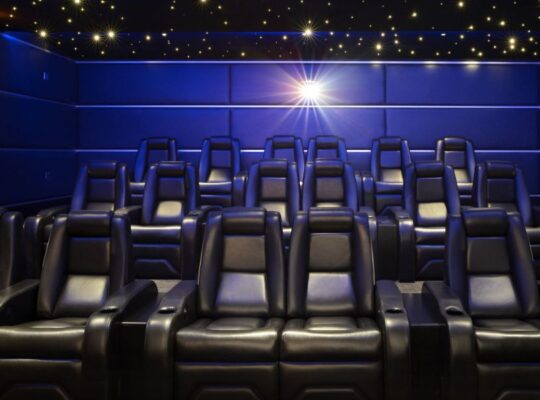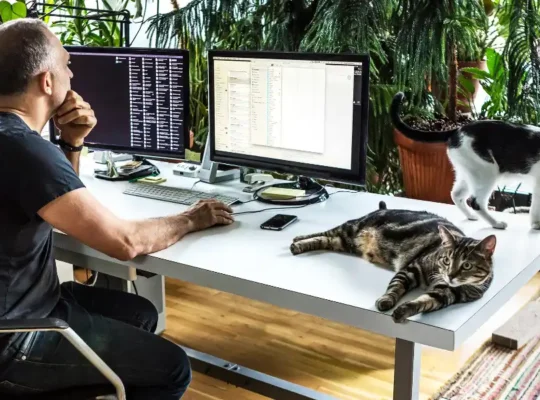Embark on a journey through time as we explore the intersection of ancient wonders and cutting-edge technology. Our quest involves the seamless fusion of augmented reality and historical sites, a captivating experience that unveils the past in a new light. Step into the realm of virtual epochs, where the echoes of history resonate with the advancements of the present.
Unveiling the Fusion: Augmented Reality and Ancient Sites
Augmented Reality (AR) bridges the gap between the tangible and the intangible, enhancing our perception of reality. Imagine standing at the foot of the Great Pyramid of Giza, seeing it not only as it stands today but also as it once did during its glory days. This technology offers a unique lens to peer into the past, breathing life into ancient ruins.
AR enables users to witness historical events, architectural marvels, and daily life as it unfolded centuries ago. The immersive experience is not just about observing; it's about time-traveling through the vivid tapestry of human history.
Navigating the Virtual Landscape: How AR Transforms Exploration
Ancient Sites Reconstructed: AR applications reconstruct ancient structures, allowing users to explore virtual models of renowned sites like the Acropolis or Machu Picchu. These accurate recreations provide an unparalleled glimpse into the architectural prowess of our ancestors.
Interactive Learning: Immerse yourself in educational experiences where AR overlays information about historical significance, architectural details, and cultural context. This interactive learning approach transforms the exploration of ancient sites into an enlightening adventure.
Time-Traveling Narratives: AR guides narrate stories from the past, bringing historical characters to life. Walk alongside pharaohs, witness gladiator games, or attend philosophical discussions in ancient Athens. It's a storytelling journey that transcends the confines of textbooks.
The Tech Behind the Time Warp: Augmented Reality Devices
Smart Glasses: Wearable AR devices like smart glasses transport users into a virtual epoch seamlessly. These lightweight, futuristic glasses provide an unobtrusive gateway to the augmented realms of history.
Mobile Apps: Accessible to the masses, AR applications on smartphones transform any location into a portal to the past. Users can simply point their devices at an ancient ruin, and the AR app reveals hidden historical layers.
Challenges and Opportunities in Revitalizing Ancient Sites
Preservation Concerns: While AR breathes life into historical sites, it also raises questions about the impact on physical preservation. Striking a balance between virtual exploration and safeguarding tangible heritage is crucial.
Inclusive Access: AR technology has the potential to make history accessible to all, irrespective of geographical constraints. However, ensuring inclusive access remains a challenge that requires continuous innovation.
Future Horizons: What Awaits Time-Travelers
As technology evolves, so does our ability to redefine the boundaries of exploration. The marriage of augmented reality and ancient sites marks the beginning of a new era in historical understanding. As we peer through this digital window into the past, the fusion of technology and heritage becomes a testament to human ingenuity.
Final Words
In the era of virtual epochs, our journey through time is no longer confined to books and documentaries. Augmented reality emerges as the key to unlocking the secrets of ancient civilizations, offering a dynamic, immersive experience. As we continue to push the boundaries of exploration, the synergy between technology and history paints a vivid canvas that transcends the limitations of physical travel.
Commonly Asked Questions
1. How accurate are AR reconstructions of ancient sites?
AR reconstructions strive for accuracy, relying on historical data and meticulous research. While some nuances may be speculative, advancements in technology enhance precision continually.
2. Can AR truly replace physical visits to ancient sites?
AR complements physical visits but doesn't replace them entirely. It offers a unique perspective, but the tangible experience of being at an ancient site remains unparalleled.
3. What challenges does AR pose to historical preservation?
Preserving physical sites alongside virtual exploration is a delicate balance. Sustainable practices and collaborative efforts are essential to mitigate potential negative impacts.
4. Are there privacy concerns associated with AR devices at historical sites?
Privacy concerns may arise with AR devices recording user interactions. Striking a balance between user experience and privacy regulations is crucial for ethical implementation.
5. How can AR contribute to global cultural exchange and understanding?
AR facilitates cultural exchange by offering a shared virtual space for people worldwide. It fosters a deeper understanding of diverse histories, fostering a sense of global unity.












